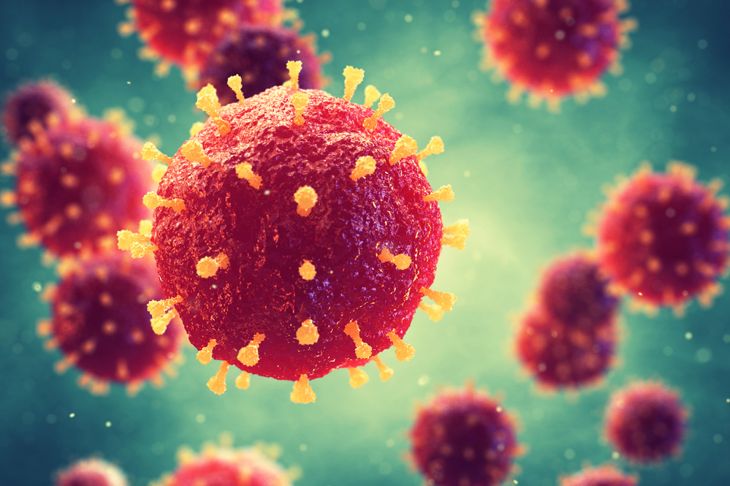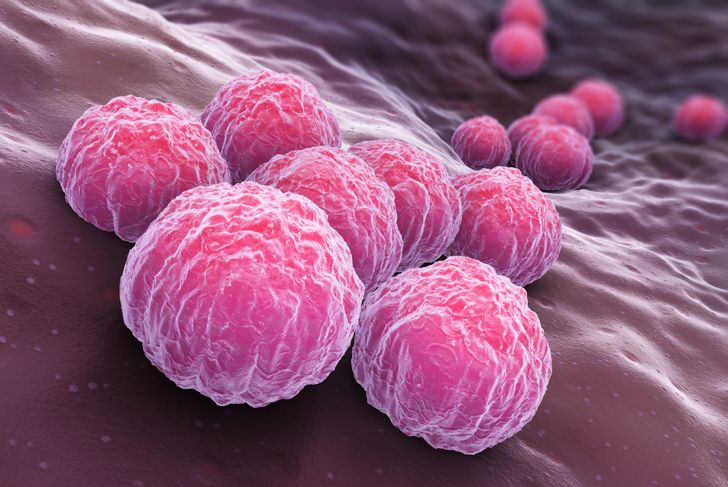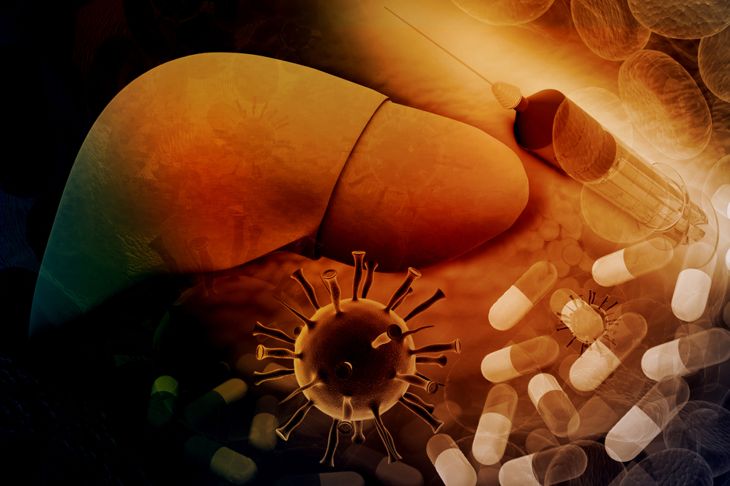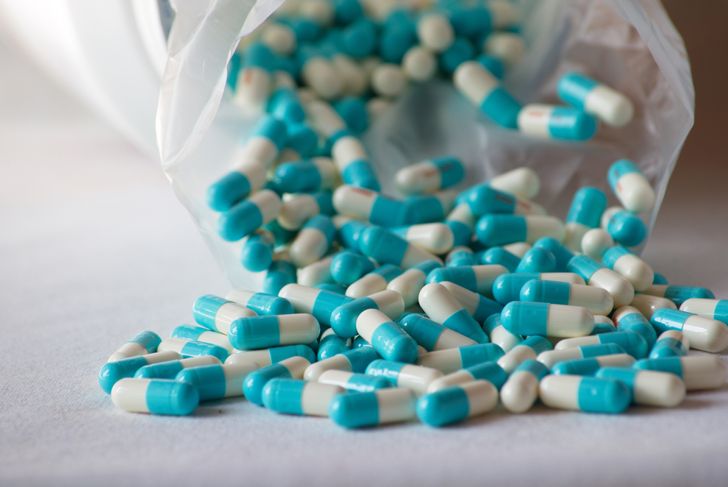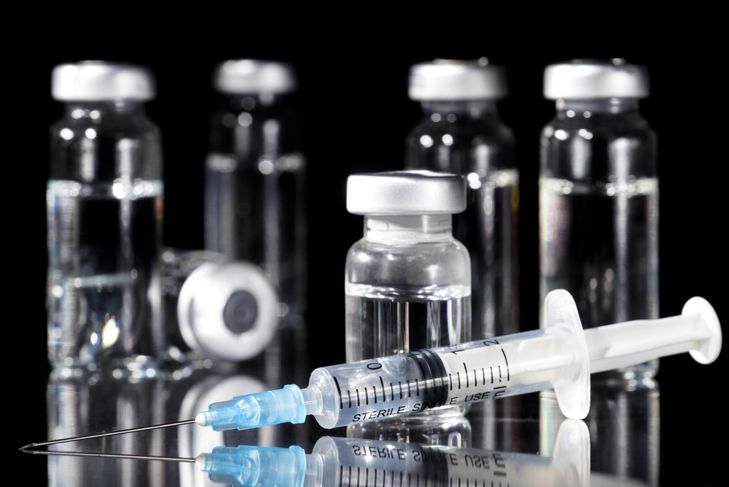Sudden pain accompanied by swelling and redness in one or more of the joints could indicate reactive arthritis. This inflammatory condition most often affects the knees, toes, hips, and ankles. In most cases, an infection causes the symptoms. The good news is that there are effective treatments for reactive arthritis, and when addressed properly, many people do not experience long-term side effects.
Pain
The most noticeable symptom of reactive arthritis is pain that appears in the affected joints. Pain usually appears suddenly, but it can also appear gradually. Most often, discomfort develops in the joints of the knees, feet, toes, hips as well as the ankles. Pain can make it difficult to walk and may cause other complications. Some people will also experience pain that affects the genital tract, thus causing pain during urination. In some cases, discharge may be present. Contact your doctor if you notice pain that lasts for a long time.
Swelling
Swelling is a problem that many arthritis patients have to deal with on a daily basis. On the bright side, swelling is easily treatable and usually doesn’t cause major complications. Swelling refers to the enlargement of the joints as a result of inflammation or irritation. It is often followed by – or occurs alongside – other symptoms like pain or redness. Reactive arthritis can occur in anyone between the ages of 20 to 50, and in unusual cases, people outside of this range can be affected. Most bouts of reactive arthritis last for a short period.
Stiffness
Stiffness is a common indication that something is wrong with the joints. Healthy joints allow for fluid and constant movement, characterized by a high range of motion. Stiffness occurs when the joints become compromised, and as a result, movement feels more limited. Often, other symptoms such as pain and swelling will accompany stiffness. In rare cases, you may also notice inflammation and irritation of the eyes or scaly rashes that develop on the hands. Luckily, there is a plethora of over the country as well as prescription medication which may aid in treating symptoms.
Infection in the Body
Infections that affect the body and immune system are by far the most critical cause of reactive arthritis. It is essential to understand that this condition isn’t caused by an infection of the joints per se, but rather develops as a reaction to an infection elsewhere in the body. Reactive arthritis – just as its name indicates – tends to produce rapidly in the affected joints, causing symptoms to be felt in the knees, ankles, and elbows. However, not all infections are equally severe, and some might not even cause noticeable symptoms.
Chlamydia
Sexually transmitted infections are a possible cause of reactive arthritis. Just about everyone knows how important it is to practice safe sex, including the use of condoms and other protective measures. However, for those who are irresponsible enough to practice unsafe sex, Chlamydia is a real threat. Moreover, Chlamydia may cause reactive arthritis because it triggers associated symptoms such as pain, stiffness as well as inflammation. In some cases, it may not even cause symptoms, especially in women. If you have concerns over your sexual health, consult your doctor to evaluate your risks.
Glandular Fever
Glandular fever is a condition that causes affected individuals to feel sick for up to a few weeks. This ailment usually affects people of young age, especially teenagers and young adults, but it can also occur in older people. Because glandular fever isn’t of a viral nature, it cannot be cured by antibiotics. Home rest and other preventive measures are the most effective treatment. In certain cases, glandular fever may lead to reactive arthritis as a result of the damage it causes to the body. You may have a glandular fever if you notice a very high temperature or have a significantly sore throat.
Nonsteroidal Anti-inflammatory Drugs
Nonsteroidal anti-inflammatory drugs are one of the most commonly used treatments for this form of arthritis. When visiting your doctor, he or she will likely prescribe such medication to help speed up treatment. NSAIDs are a useful treatment option that can help to reduce pain as well as other symptoms such as inflammation. Some NSAIDs can be purchased over the counter, including ibuprofen. However, in many cases more potent treatments are needed including celecoxib. You have to be careful with NSAIDs because they pose a risk for stomach bleeding; it is important not to take them on an empty stomach.
Steroids
In rare cases, steroids may be necessary to achieve a successful recovery from arthritis. However, this form of treatment usually occurs as an urgent last-case scenario when other less invasive treatment forms don’t produce the desired effect. One of the most common steroids used for arthritis is corticosteroid injections, which work by suppressing the immune system, thus allowing the body some time to recover. Even though steroids are useful in the short-them, they don’t wholly eradicate arthritis from the body. Regular visits to your doctor help ensure an adequate treatment is administered.
Antirheumatic Medication
One of the most potent ways of combating arthritis is antirheumatic medication which works by attacking the disease that causes your condition. Even though this group of drugs – known as DMARDs – cannot fully cure your arthritis, it can significantly contribute to slowing its progress, while at the same time alleviating some symptom. Arthritis affects the joints in the long term, so it’s important to take a proactive approach towards treatment. Depending on your jurisdiction, there may be specific regulations regarding the consumption of such drugs; that’s why you should always consult your doctor before using them.
Physical Therapy
Engaging in physical therapy can be highly beneficial for patients affected by this form of arthritis. This form of therapy involves using certain exercises and movements that aim to rehabilitate the affected parts of the body. This can improve joint function in the long term. One of the best ways that physical therapy improves arthritis is by strengthening muscles around the joints, adding more muscular support and developing the range of motion. An added benefit is reduced stiffness as well as higher flexibility.

 Home
Home Health
Health Diet & Nutrition
Diet & Nutrition Living Well
Living Well More
More


